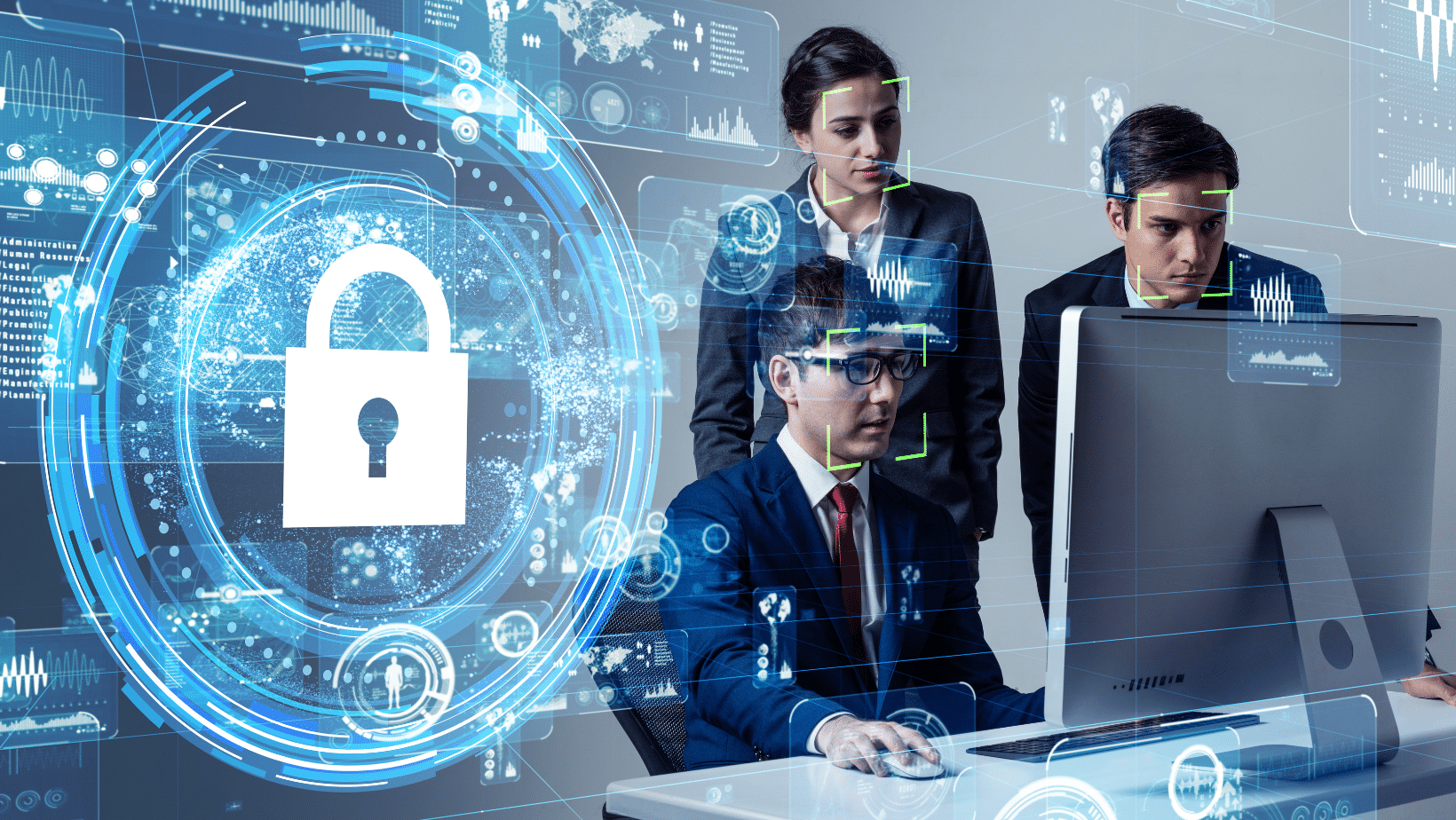
26 Aug Cybersecurity Trends to Watch For in 2023
How cybersecurity and IT are changing in 2022-2023
Each year, technology advances in such a way that shapes how we manage tasks, store files, and conduct business. As such, it’s time again to highlight trends for said tech, specifically regarding cybersecurity. After all, comprehensive cybersecurity defense is all about identifying trends, technologies, and potential threat factors.
If you keep up with technology-based trends, some of our choices will sound familiar. But even older trends, like AI integration, remain relevant today, as they change in conjunction with other technology advancements. With that in mind, let’s take a look at evolving happenings for 2022 and beyond.
The Trends
5G Speed and Internet Speeds
In the cybersecurity and IT sphere, technology works both ways. In other words, like a pendulum, what benefits the public also benefits threat actors. The growth of data speeds, 5G, and increasing accessibility of internet is no exception.
For one, 5G brings a brand new, unprecedented level of wireless speed and connectivity. More speed means enhanced opportunities to launch attach campaigns with an increase in attack surfaces. In congruence with the IoT, 5G is still a juvenile architecture, which means it will take time to adapt and protect. Early adopters must remain aware of risks associated with onboarding brand new tech and even limit the integration of IoT-based devices.
Cloud Versatility and Architecture
Speaking of evolving tech, the cloud once again takes the forefront of trending in the IT and cybersecurity world. In fact, we’re safe in assuming cloud will be a mainstay as both a utility and defense mechanism.
Right now, cloud is at the forefront of ransomware defense, primarily for its backup utility and ability to set up infrastructure at a moment’s notice. As said versatility grows in popularity, more adopters will seek to integrate into their business model.
Automated Infrastructure
We’re entering a time of unprecedented data demands, sophistication, and service avenues. As a result, automated processes and solutions are expanding. The need to reduce – if not eliminate – redundancy in general tasks is a fast-growing need. Not to mention, making sense of data lakes and analyzing useful information in real-time is invaluable for company projections.
How automation is wholly introduced across the board remains to be seen, but automation is always a rapidly expanding trend.
Attacks on Valuable Data Caches
It should come as no surprise that data is valuable. A digital treasure, data contains everything from customer information, personal logins, to network security architecture, just to name a few. Because organizations follow the algorithm and look for the almighty optimized SEO (among things), it reigns supreme as a powerful resource.
In turn, that makes it a prime target for threat actors. Trends pertaining to data-focused malicious attacks should be watched for, such as increased prevalence in sophisticated social engineering schema and ransomware.
New Legislative and Regulatory Measures
Our relationship with technology, data, and information expands every year. The complications this creates, along with related security concerns, is understandably immense. Legislative action and regulatory functions will, as a result, intervene.
We’ve already seen examples of such with ransomware attack reporting requirements. Therefore, organization leaders need to keep a keen eye on legislative functions which may affect them. Furthermore, a duty to protect consumer, personal, and worker data is essential to remain in touch with legislative functions.
Global Events Dictating Cyber Activity
Global turmoil or politically volatile events can trigger serious cybersecurity risks. Even beyond that, events which have potential international impact are often trend setters for shaping action and response in the IT/cybersecurity sphere.
As a prime example, the COVID-19 pandemic created fertile ground for hackers and malware groups to set the stage. They developed threat campaigns based on the virus and misinformation surrounding treatment such as with vaccines. Any time subjects of importance crop up, they provide ammunition to spearhead phishing, malware, and hacker attacks.
Understanding trends, especially threats to cybersecurity, means remaining aware of the world around us.
Potential of AI
AI is taking a bigger role in numerous tasks related to business, data, and even content generation. In cybersecurity it plays an especially important part, given the potential ability to analyze threat-metrics in real time and develop on-the-fly solutions for them.
Additionally, AI in the creative sphere is taking some “interesting” turns. AI generated content, from voices, written words, songs, and now even visual mediums present an unusual problem about copyright, ownership, and the future of actual creators.
For now, though, adapting and introducing AI-based security controls into your business structure promises to yield dividends in the coming years.
Mobile Devices at Greater Risk
The proliferation, use, and abundance of mobile devices is one of great convenience and productivity. But in the cybersecurity realm, mobile devices operate like an “attack surface,” as in, another potential doorway for network intrusions (or otherwise).
Therefore, we’ll continue to see an escalation of focused attacks toward mobile devices, especially as said mobile devices improve an accessibility and connection potential.
Ransomware at the State Level
Ransomware is growing in commonality because of its efficacy and possessing a fertile attack environment. However, one thing we’ll see grow is state-level ransomware, at least more so than before.
State-sponsored ransomware is how many malware attacks started in the early internet days, as they required a great deal of resources, time, and sophistication. Now, given how powerful cyber tactics are and the increasing reliance of world economies and infrastructure is on technology, this trend will spike into a new tier of importance. Attacks like the Colonial Pipeline incident may normalize instead of being the exception.
Understanding trends helps your enterprise reliably predict the impacts cybersecurity will have on you. For more information, you can also look into third party help for assistance by contacting Bytagig.
Share this post:

Sorry, the comment form is closed at this time.